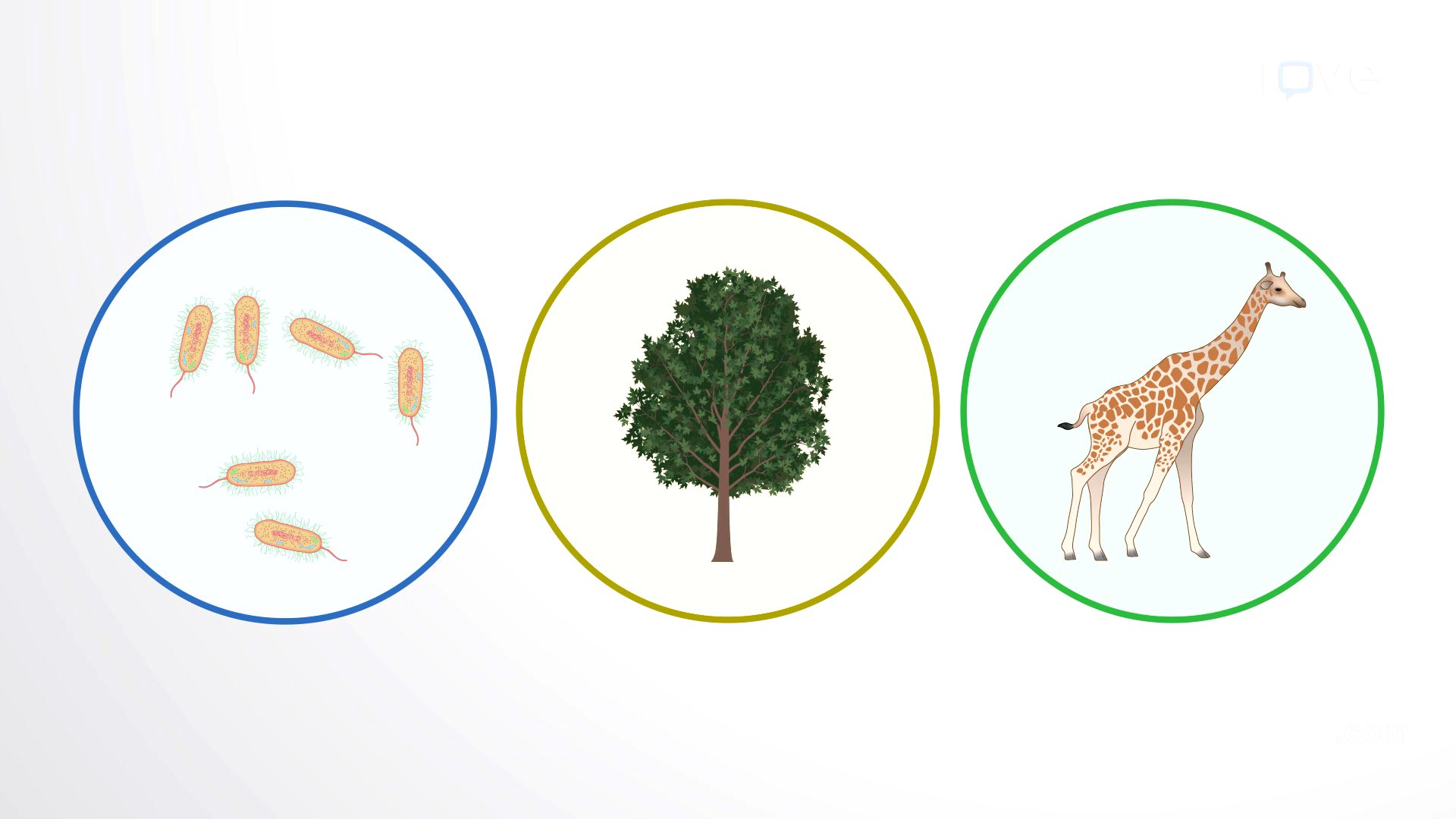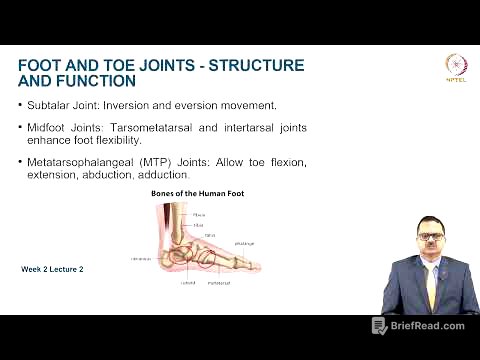TLDR;
This text introduces cells as the fundamental units of life, highlighting their shared characteristics and differences between prokaryotic and eukaryotic cells. Key points include the basic components of a cell (plasma membrane, cytoplasm, DNA), essential functions (replication, response to environment, energy processing, regulation), and the presence of organelles in eukaryotic cells for specialized functions.
- Cells are the basic units of life.
- All cells have a plasma membrane, cytoplasm, and DNA.
- Eukaryotic cells have membrane-bound organelles, while prokaryotic cells do not.
- Cells perform essential functions like replication, energy processing, and responding to their environment.
What are Cells?
Cells are the smallest and most basic units of life, whether they exist as single-celled organisms like bacteria or as part of multicellular organisms like humans. All living cells share fundamental characteristics, including a plasma membrane (a lipid bilayer separating the cytoplasm from the external environment) and genetic information in the form of DNA. In prokaryotic cells, DNA is located in a region called the nucleoid, while in eukaryotic cells, DNA is enclosed within a membrane-bound nucleus. The terms "eukaryote" and "prokaryote" reflect the evolutionary history, with prokaryotes existing before the development of membrane-bound nuclei. Living cells also have the ability to replicate, respond to their environment, process energy, and regulate their functions, which are crucial for their survival and function, whether as independent entities or as part of tissues.
Organelles Compartmentalize Eukaryotic Cells
Prokaryotic cells lack internal membranes, whereas eukaryotic cells contain membrane-bound internal compartments called organelles. These organelles perform specific cellular functions. For instance, chloroplasts in plant cells convert light energy into sugar, while lysosomes in animal cells contain enzymes that break down larger molecules.




![[사나의 냉터뷰] 사나 언니 홀리러 온 아기 고양이 닝닝🐈⬛l EP.11 에스파 닝닝 편](https://wm-img.halpindev.com/p-briefread_c-10_b-10/urlb/aHR0cDovL2ltZy55b3V0dWJlLmNvbS92aS9NWjZyUjVYUm1XZy9ocWRlZmF1bHQuanBn.jpg)




